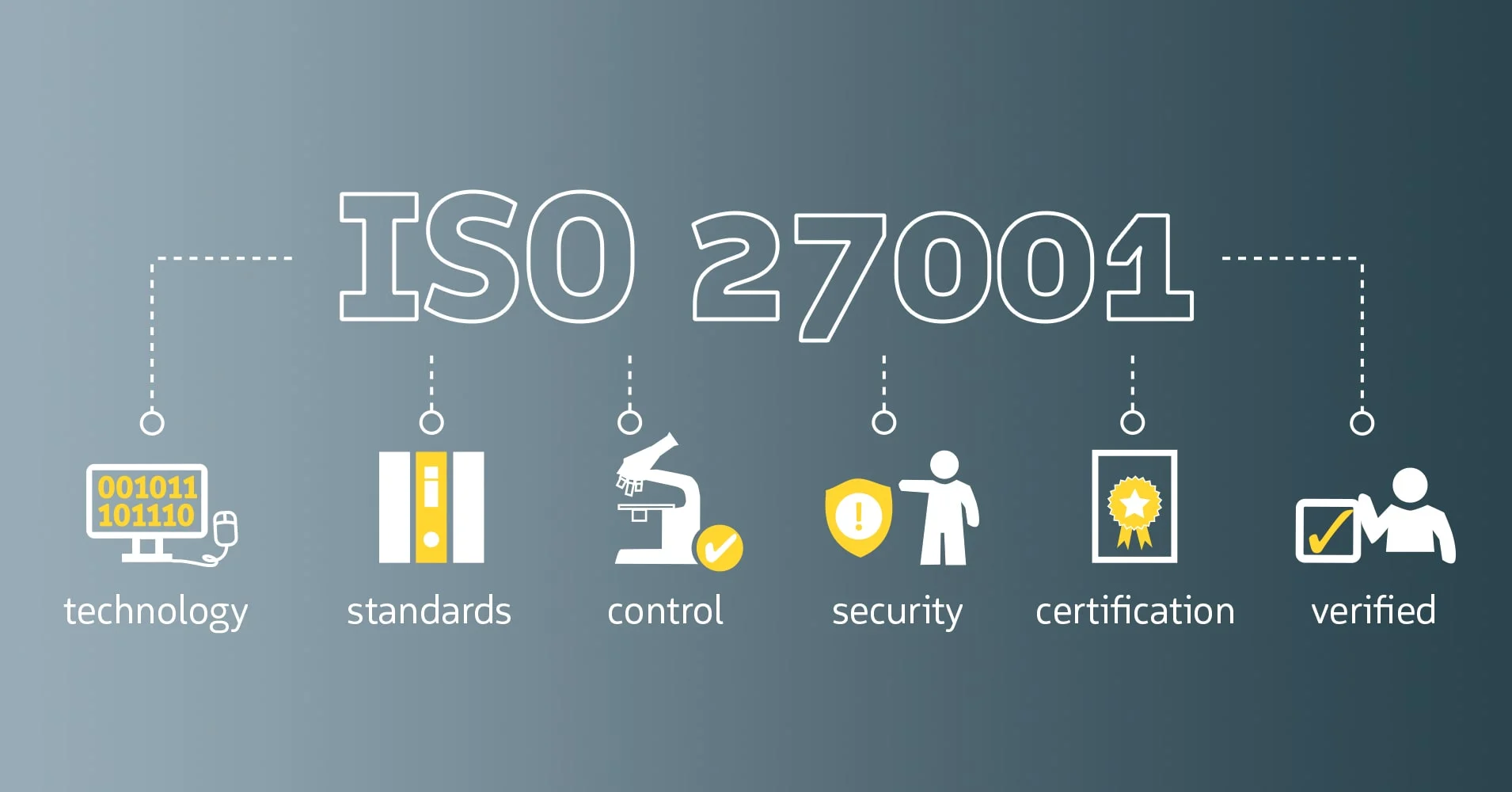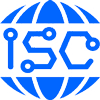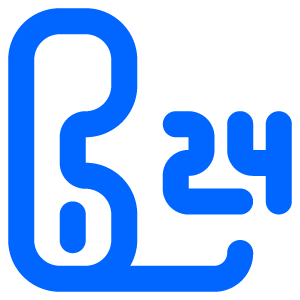ISO 27001
Home / Services / ISO 27001

What is the ISO 27001 standard?ISO 27001 is the only auditable international standard that defines the requirements of the information security management system and guarantees the selection of the appropriate security control; It also helps the organization to protect its information and gain the trust of interested parties and especially customers and provides a process approach for preparation, implementation, implementation, monitoring, review, maintenance, and improvement of the information security management system. .
What is the ISO 27001 standard?
This standard, which is a set of suggested security controllers and checklists, has been developed for simultaneous use with the ISO/IEC 27002 standard and for issuing certification. It is noteworthy that receiving the ISO 27001 certificate is still optional and cannot be implemented by organizations or organizations. Although the implementation of this standard along with the ISO 9001 or IMS standard leads to the integration and improvement of the quality of products and services of organizations. .
ISO 27001 certification shows that an information security management system has been certified according to a superior standard. A certificate issued by a third-party registration and certification authority indicates that you have taken the necessary precautions to protect sensitive information against unauthorized access and changes.
Origin of ISO 27001
BS 7799 is a standard that was first created in 1995 by the BSI Group (UK Standards Group). This standard was written by the UK Government’s Department of Trade and Industry (DTI) and consists of several sections. The first section contains information security management best practices and was revised in 1998.
After many discussions among the standard owners in the world, the ISO 27001 standard was adapted in 2000 by the ISO Foundation under the title ISO/IEC 17799. This standard carried the name “Information Technology – Code of Practice for Information Security Management”.
The ISO/IEC 17799 standard was revised in June 2005 and was finally included in the ISO 27000 series of standards in 2007 under the title ISO/IEC 27002. The second part of BS7799 was first published in 1999 by BSI under the code “BS7799 – Part 2” under the title “Information security management systems – Specification, together with application guidance”. BS 7799-2 focuses on how to implement an Information Security Management System (ISMS). This standard later became the ISO 27001 standard.
Obtaining ISO 27001 – Issuing ISO 27001 – Receiving ISO 27001
In order to obtain ISO 27001 (receiving ISO 27001 – issuing ISO 27001), you can apply through Isosystem. Isosystem is the best center for obtaining ISO 27001 (receiving ISO 27001 – issuing ISO 27001) in the country with the official license of the Organization of Industry, Mining and Trade.
Apply for ISO through the certificate request link on this page. You can also register your request quickly through this link.
What is ISMS?
An ISMS is a holistic approach to ensuring the confidentiality, integrity, and availability (CIA) of a company’s information assets. ISO 27001 includes policies, procedures and other controls that cover people, processes and technology.
Based on regular information security risk assessments, ISMS is an efficient, risk-based and technology-neutral approach to keeping your information assets secure.
You can build your own information security management system using the ISO 27001 toolkit, which includes all the pre-written policies, procedures and templates you need.
History of ISO 27001
BS 7799 is a standard that was first created in 1995 by the BSI Group. This standard includes several sections. The first section contains information security management best practices and was revised in 1998.
After many discussions between the standard owners in the world, the ISO 27001 standard was adapted in 2000 by the ISO Foundation under the title ISO/IEC 17799. This standard carried the name “Information Technology – Code of Practice for Information Security Management”.
Requirements of ISO 27001
Part of the requirements of this standard can be summarized as follows:
- Scope of information security management system
- Information security policy and objectives
- Risk assessment and risk treatment method
- Application statement
- Risk treatment plan
- Risk assessment and risk treatment report
- Defining security roles and responsibilities
Principles of ISO 27001
ISO 27001 provides a framework for implementing an ISMS to protect your information assets while making it easier to manage, measure, and improve processes. It helps you check three dimensions of information security:
- confidentiality
- Honesty
- Availability
- Scope of application
ISO 27001 covers a large part of information security issues. Some of these fields include:
- Security policy
- Organization of information security
- Asset management
- Security of human resources
- Environmental and physical security
- Communication and functions
- Management
- Access control
Recruiting, developing and maintaining information systems
Management of incidents related to information security
Business continuity management
Conformity
Advantages of ISO 27001
The use of ISO 27001 (information security management system) has the following advantages for the organization:
Demonstrates independent assurance of internal controls and compliance with business continuity requirements.
It independently shows that the enforcement rules are monitored.
A competitive opportunity is created by assuring the customer that his information security is at a high level.
It is independently determined that organizational risks have been identified, measured and managed.
Proving the commitment of senior management of Nesb It is for information security.
Continuous measurement process helps in continuous monitoring and process improvement.
How to implement ISO 27001
To implement ISO 27001, you should consider the following:
The scope of the project guarantees the commitment of management and budget.
Identification of interested parties and legal, regulatory and contractual requirements.
Conduct a risk assessment.
Checking and implementing the necessary controls.
Developing internal competence for project management.
Preparation of appropriate documents for conducting employee awareness training courses.
Reporting eg application statement and risk treatment plan.
Continuous measurement, monitoring, review and auditing.
Taking necessary corrective and preventive measures.
ISO 27001 life cycle
ISO 27001 is the internationally recognized specification for an Information Security Management System (ISMS) and is one of the most popular standards for information security. The ISO/IEC 27001:2013 edition of this standard also implements the improvements made in 2017. The latest version of this standard has been updated in 2022.
ISO 27001 certification proves that your information security management system has been certified and identified as conforming to a top model standard. A certificate issued by a third-party registration and certification authority indicates that you have taken the necessary precautions to protect sensitive information against unauthorized access and changes.
This standard has adopted a process approach in creating, establishing, operating, monitoring, revising, maintaining and improving an organization’s information security management system.
ISO 27001 was created by the International Organization for Standardization (ISO) and is a standard used for certification. This standard replaces BS 7799 and is actually an international standard for information security management system. Also, by reorganizing based on the BS 7799 standard, it has been aligned with other international standards and includes some new controls such as emphasizing information security and incident management indicators.
asset protection
This standard adopts a comprehensive approach to information security. Assets that need protection include digital information, paper documents, and physical assets (such as computers and networks) to the knowledge of individual personnel. Issues that you should consider include things such as the development of employee competencies to technical protection against any computer abuses. The ISO 27001 standard protects your information in the form of the following:
Confidentiality of information that ensures that information is accessible only to authorized persons.
The integrity of information, which is a protection for the accuracy and completeness of information and information processing methods.
Availability of information that ensures authorized users have access to information and related assets when needed.
Alignment with other management system standards
The ISO 27001 standard is in line with other management systems and it is possible to establish and implement it compatible and integrated with related management standards. The result of this alignment is:
Coordination with management system standards such as ISO 9001 and ISO 14001
Emphasis on continuous improvement of information security management system processes
Clarification of documentation requirements and required records
Incorporating risk assessment and management processes using a PDCA process model
This standard defines information protection in three specific concepts, i.e. confidentiality, integrity, and availability.
Below are explanations for how to operate and manage the information security system. Some of the definitions in this standard are stated, which we discuss for better understanding:
Information: knowledge that may be obtained from any source, or in other words, processed data that are considered assets. Usually 36% of information is stored on paper, 20% in electronic documents and 44% in people’s minds.
Asset: Anything that has value for the organization.
Availability: The feature of being available and usable, as soon as an authorized entity requests it. (Information should be available correctly if needed.)
Confidentiality: The property that the information is not made available to unauthorized people, entities or processes or disclosed. (Only authorized people will have access to the information.)
Integrity: completeness and correctness of information and information processing methods are desired.
Information security: maintaining confidentiality, integrity and accessibility of information, as well as features such as authentication, accountability, non-repudiation and reliability, can be included.
Information security incident: an identified event of a system, service or network, which indicates a possible flaw in the information security policy or a protection flaw, or a situation that may be related to security and not previously known.
Information security event: one or a set of unwanted or unanticipated information security events that are likely to jeopardize business operations and threaten information security.



